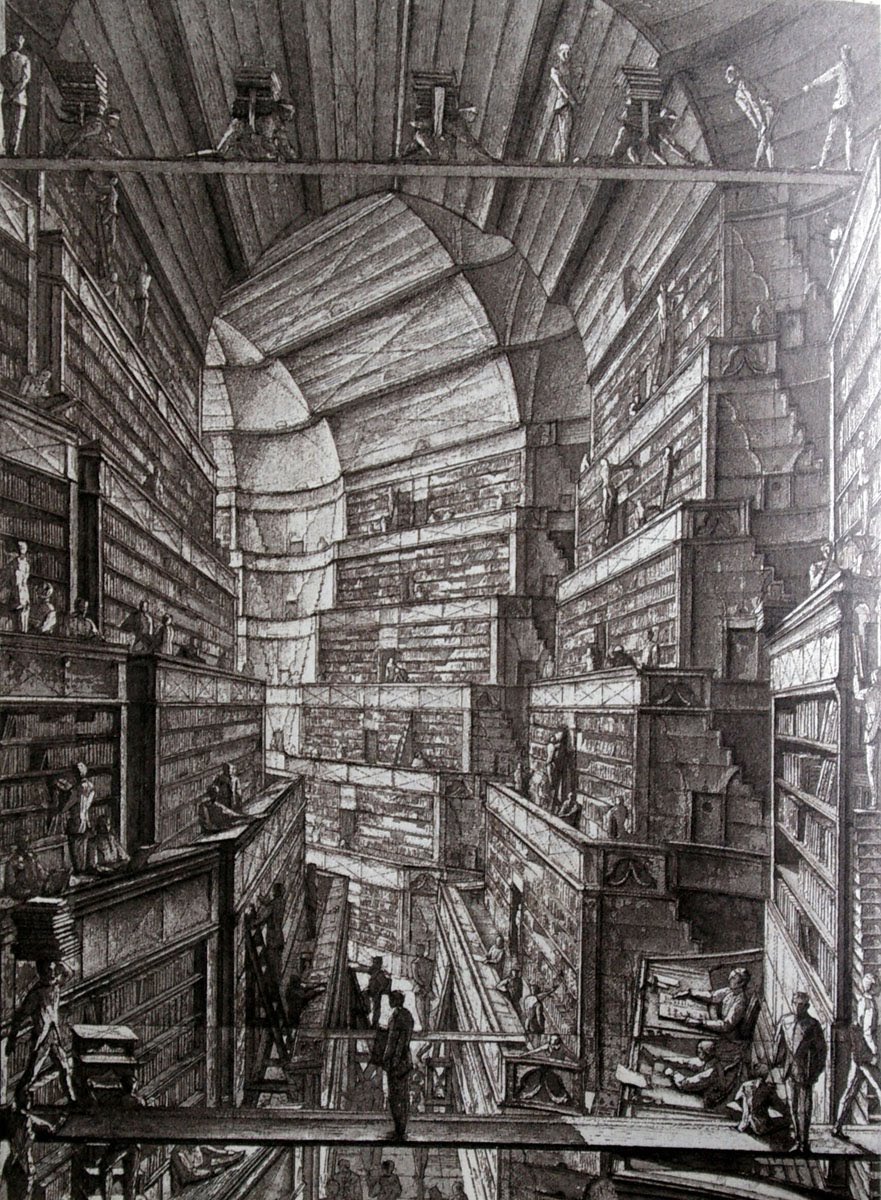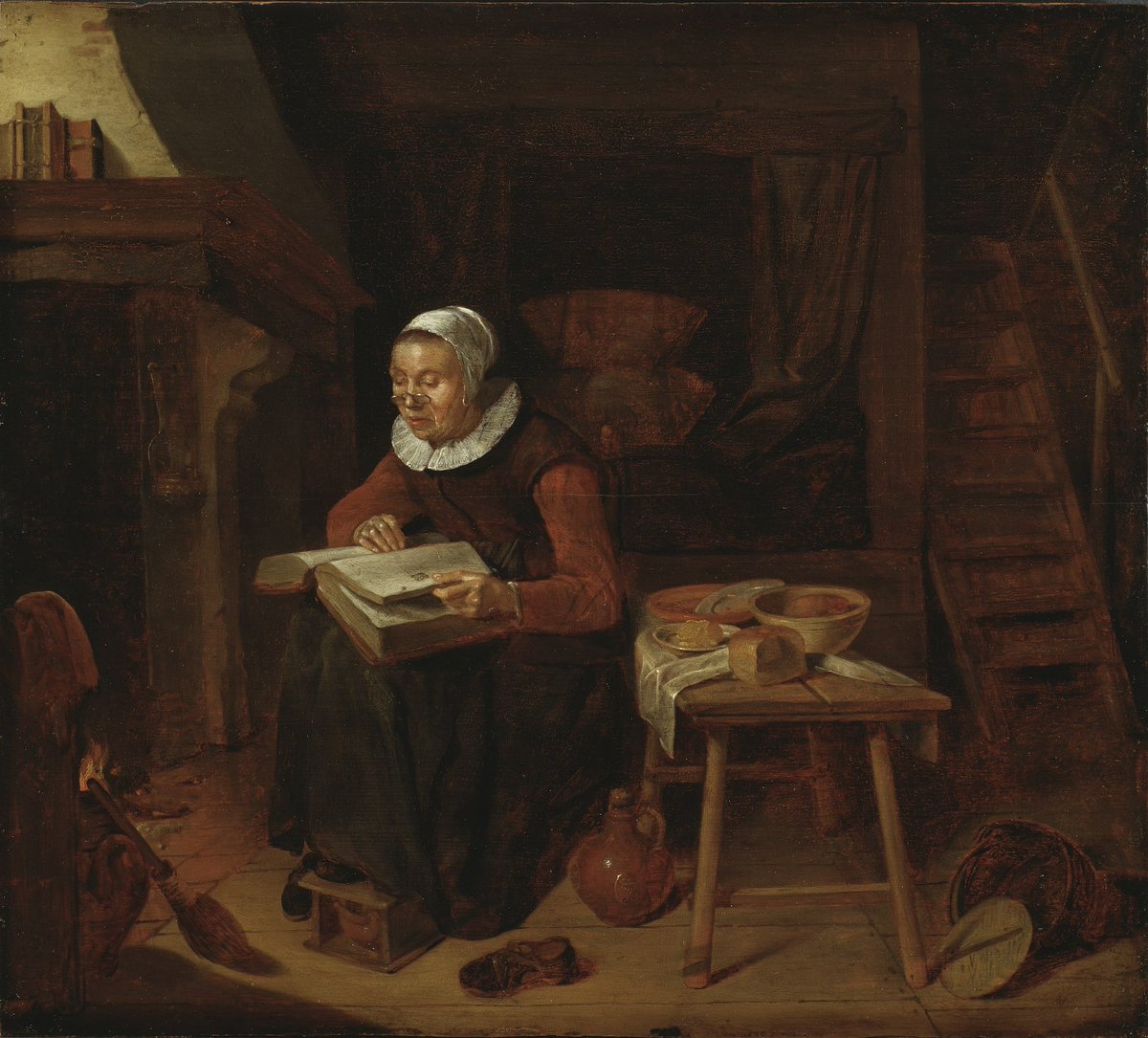
@SoftspaceHQ Prototype04 is here!
This prototype explores how a spatial interface can let you better work with the true shape of your ideas.
Yes, I think ideas have shapes, and that their shape matters. 👀👇🏼🧵
#VR #AR #XR #Quest2 #PKM #buildinpublic
This prototype explores how a spatial interface can let you better work with the true shape of your ideas.
Yes, I think ideas have shapes, and that their shape matters. 👀👇🏼🧵
#VR #AR #XR #Quest2 #PKM #buildinpublic
What is the global structure of knowledge?
How we think knowledge is structured determines which strategies for seeking and creating knowledge we consider legitimate.
How we think knowledge is structured determines which strategies for seeking and creating knowledge we consider legitimate.

Some think of knowledge as one long sequence—perhaps the word of a deity revealed in a holy book.
You look for knowledge in the book, and create knowledge by interpreting points in the book.
You look for knowledge in the book, and create knowledge by interpreting points in the book.

Some think of knowledge as a tree, like the Dewey Decimal System or an evolutionary taxonomy.
You look for knowledge by following the right branch, sub-branch, etc. until you get your answer.
You create knowledge by filling in the tree.
You look for knowledge by following the right branch, sub-branch, etc. until you get your answer.
You create knowledge by filling in the tree.

These models prove incomplete under scrutiny.
Instead, there are compelling reasons to think knowledge is actually a network: a graph with informational nodes connected by relationship edges.
Instead, there are compelling reasons to think knowledge is actually a network: a graph with informational nodes connected by relationship edges.
e.g. Footnotes and citations in texts reference other texts, forming a giant, nonlinear graph structure. 

e.g. Mind maps almost always take on a graph-like structure, with node-like concepts connected by lines. 

e.g. A new generation of graph-based note-taking apps (spearheaded by @RoamResearch) have become very popular, very quickly, in academic and professional communities that work intensively with knowledge. 

Ideas are a form of knowledge, and the “true shape” of your ideas is how their graph structure is manifested. What are the pieces, how are they connected, and what are the larger patterns of those connections?
Just as language shapes what we’re able to think, our tools for working with knowledge shape what we can come to know.
Screen-based UIs are limited in how they can represent graphs, and this limitation could be constraining our ability to work with our ideas.
Screen-based UIs are limited in how they can represent graphs, and this limitation could be constraining our ability to work with our ideas.
Prototype04 proposes a new paradigm for working with knowledge graphs—one that uses spatial computing to break free of the 2D UI.
A spatial canvas lets you see much more of a graph at once—even displaying individual content blocks (instead of the pages that 2D graph views often settle for).
Object permanence makes it expected and intuitive that items would be includable in multiple contexts. This makes it straightforward to implement true transclusion.
You can always look around and see direct and indirect references receding into the distance. This creates ambient contextual awareness as you work.
Prototype04 is an experiment—there are definitely issues with a spatial knowledge graph that need more design work! But overall, I’m super happy with how well this concept seems to work. 

The best part of building in public has been the generous input of time and ideas from people who’ve thought deeply about these questions.
Special thanks to @andy_matuschak @Conaw @tangjeff0 @RobertHaisfield @balOShere @jackrusher @john_under @julianlehr!
Special thanks to @andy_matuschak @Conaw @tangjeff0 @RobertHaisfield @balOShere @jackrusher @john_under @julianlehr!
Read a much deeper dive into the motivation and mechanics of @SoftspaceHQ Prototype04, as well as instructions on how to try it out for yourself, in our full launch announcement!
substack.soft.space/p/softspacear-…
substack.soft.space/p/softspacear-…
• • •
Missing some Tweet in this thread? You can try to
force a refresh





